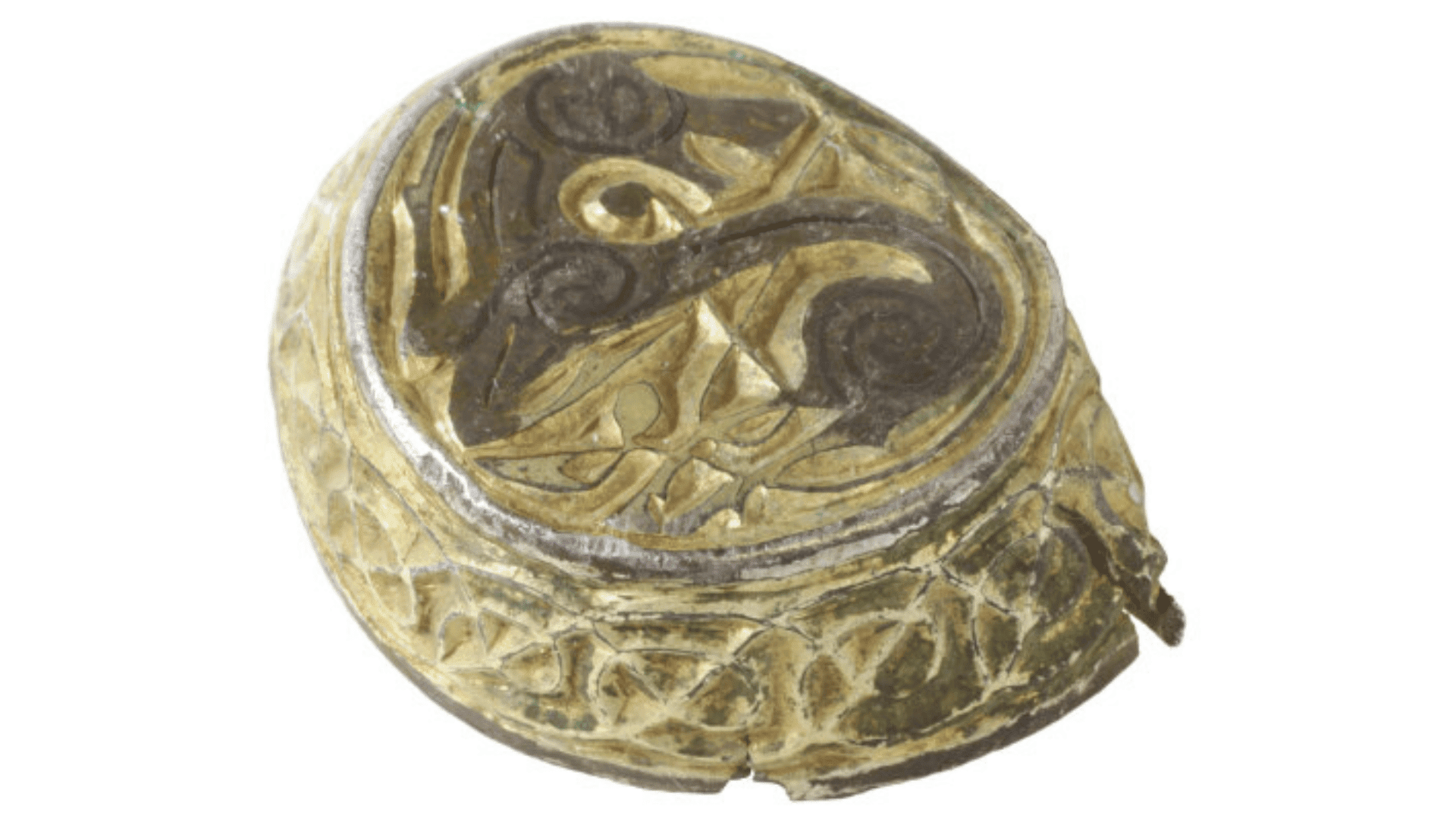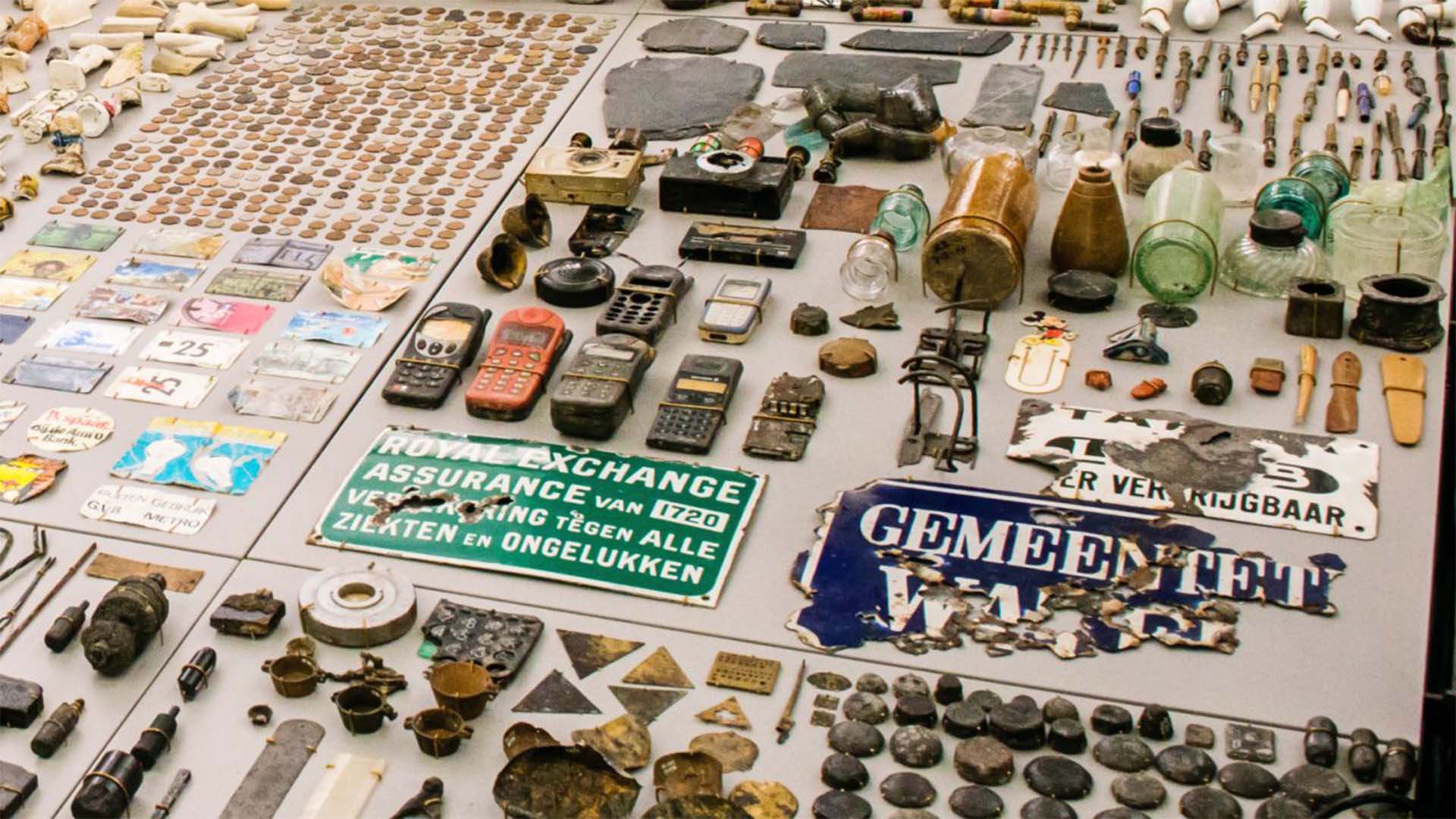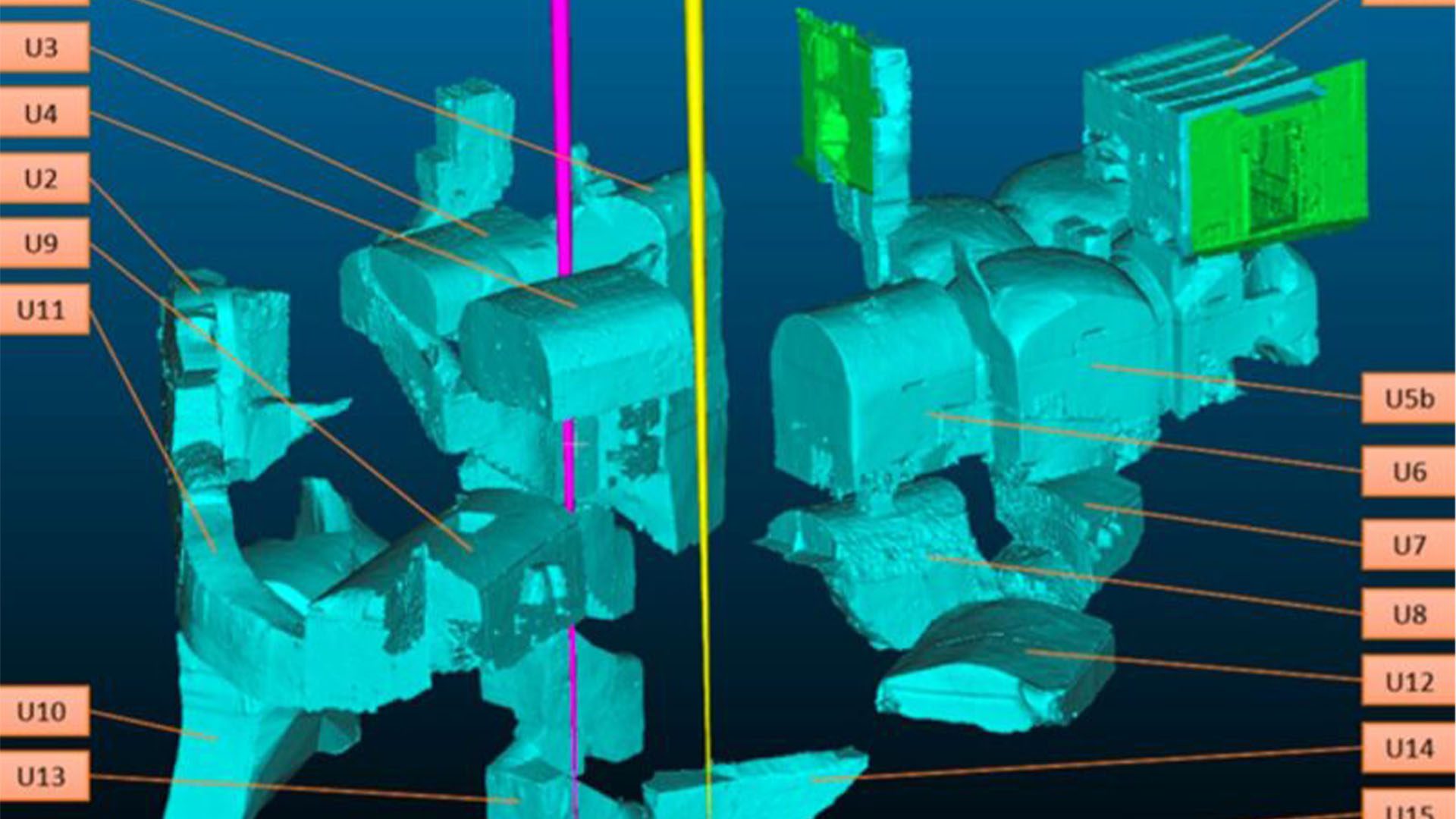Scientists were able to reconstruct the mitochondrial genome of a European Woolly Rhinoceros for the first time using a sample from fossilized hyena feces.
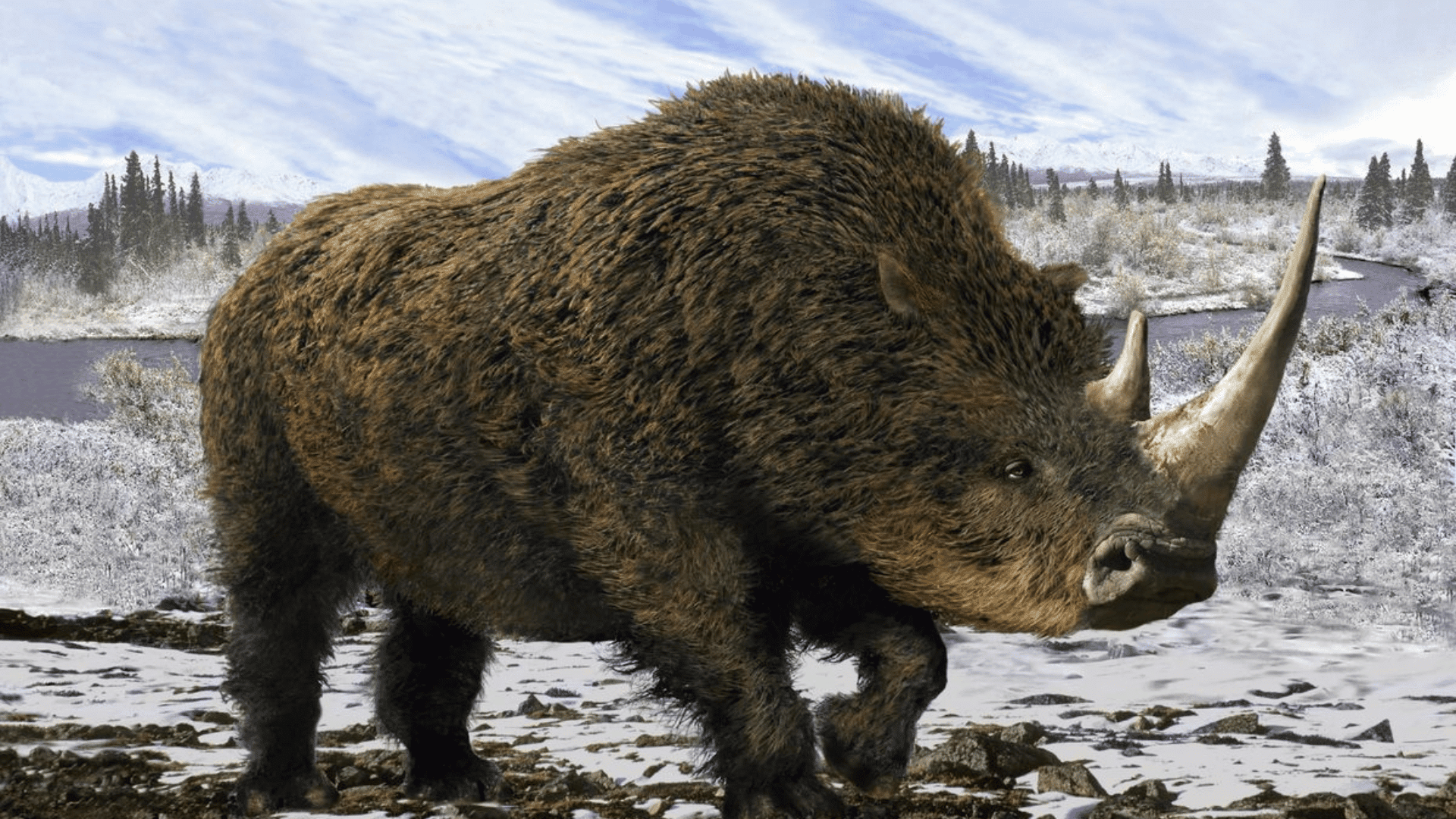
The research was published in the journal Biology Letters and the team behind the project said that the demise of the Coelodonta antiquitatis, an “iconic species of the Eurasian Pleistocene megafauna,” started around 10,000 years ago.
Though there has been recovery of several specimens from archaeological sites, no genomes of the population have been available as all genomic data originated exclusively from Siberian populations.
The recent expedition explored two caves in Germany, where they were able to locate fossilized feces of hyenas – the leading predator of the rhino.
“Using coprolites [fossilized feces] of cave hyenas recovered from Middle Paleolithic layers of two caves in Germany,” the authors wrote, “we isolated and enriched predator and prey DNA to assemble the first European woolly rhinoceros mitogenomes in addition to cave hyena mitogenomes.”
According to the research team, the sequences suggest “considerable DNA degradation.” Though this could limit final conclusions, they were able to show how the mitogenomes of the European woolly rhino are genetically distinct from the Siberian woolly rhino.
Data suggests that there was a “split of the populations potentially coinciding with the earliest fossil records of woolly rhinoceros in Europe,” which could date back to approximately 450,000 years ago. The European wooly rhino weighed approximately two tons, stood around 5 feet tall, and was approximately 11 feet in length.
Explore Tomorrow's World from your inbox
Get the latest science, technology, and sustainability content delivered to your inbox.
I understand that by providing my email address, I agree to receive emails from Tomorrow's World Today. I understand that I may opt out of receiving such communications at any time.
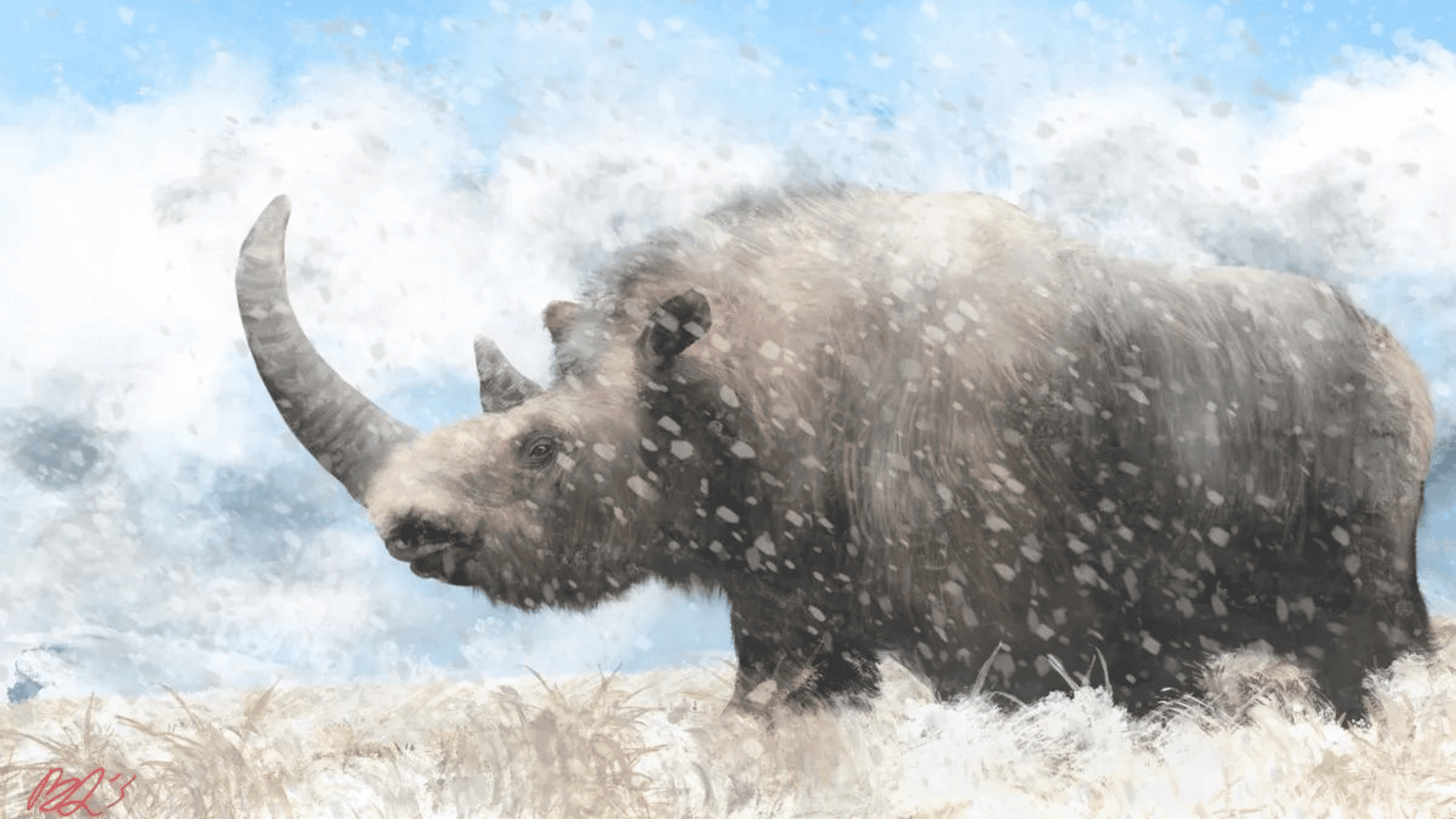
“Insights into the population dynamics of (sub)species that have gone extinct probably because of a changing climate may help predict future developments and the fate of extant wildlife populations.” stated Peter Seeber, a study author from the University of Konstanz in Germany.
Though they will need to take further samples from locations across Europe to draw more definitive conclusions, the occurrence of variability in the woolly rhino’s mitochondrial lineages could indicate that the population dynamics over its vast range may have been very complex.
“There are several mitogenomes of European (and Asian) cave hyenas available, so our results are an addition to these that might help elucidate population dynamics,” stated Seeber.



